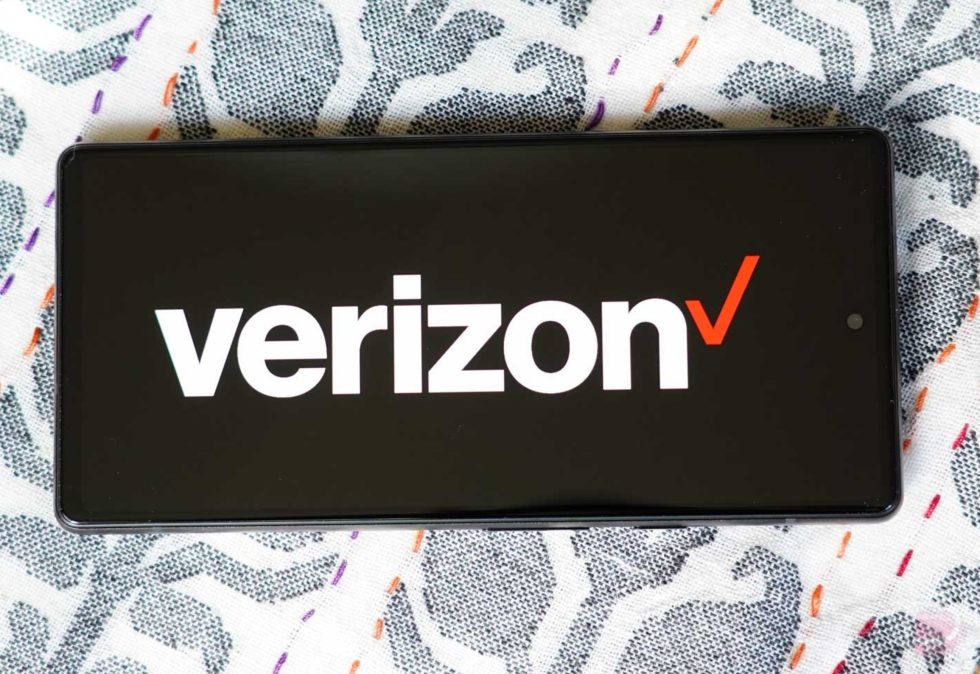When Verizon spent all of those billions back in March 2021 to acquire C-band spectrum to try and catch-up to T-Mobile’s huge lead in the mid-band 5G spectrum race, they were hoping to deploy it all by the end of 2023. Throughout much of 2022 and 2023, they’ve used some of that C-band to boost their 5G Ultra Wideband network in many locations that we’ve detailed, and it should be helping in major cities across the country.
Today, Verizon announced that they have gained access to the total amount of 5G C-band spectrum they bought back in 2021 and it could show immediate improvements to your 5G Ultra Wideband (5G UWB) connection.
Verizon’s biggest C-band rollout
In a short post, Verizon explains that they purchased between 140-200MHz of C-band spectrum in 2021 and started things off by deploying 60MHz in a batch of 46 areas. They’ve continued to expand on that deployment since, but this week they get to use all of it with an average of 161MHz throughout the country and in some markets the full 200MHz.
Because Verizon installed equipment that was capable of using the full 200MHz, now that the spectrum is available, a simple software update to the network should open it up to you almost immediately. Verizon expects some areas to see better coverage and speeds within a few days and weeks.
They expect 406 markets to be able to access at least 140MHz, with an average at that 161MHz mark. This is essentially a nationwide buff of the C-band (mid-band 5G) network from Verizon. If you were hoping to live in an area that gets the full 200MHz, Verizon says the first batch is 158 “mostly rural markets” that covers around 40 million people.
To get even more specific, Verizon accompanied its general C-band spectrum deployment rollout with at least 66 market-specific news releases. My assumption here is that they want those cities to know that they should see a boost from this news. Those markets are:
| Albany, NY | Lexington, NC |
| Albuquerque, NM | Little Rock, AR |
| Atlanta, GA | Los Angelas, CA |
| Augusta, GA | Louisville, KY |
| Austin, TX | Memphis, TN |
| Baltimore, MD | Miami, FL |
| Birmingham, AL | Milwaukee, WI |
| Boise, ID | Minneapolis, MN |
| Boston, MA | Mobile, AL |
| Brownsville, TX | Nashville, TN |
| Buffalo, NY | New Orleans, LA |
| Cape Coral, FL | New York, NY |
| Charleston, SC | Oklahoma City, OK |
| Charlotte, NC | Omaha, NE |
| Chattanooga, TN | Orlando, FL |
| Chicago, IL | Philadelphia, PA |
| Cincinnati, OH | Phoenix, AZ |
| Cleveland, OH | Pittsburgh, PA |
| Columbia, SC | Portland, OR |
| Columbus, OH | Raleigh, NC |
| Dallas, TX | Richmond, VA |
| Dayton, OH | Rochester, NY |
| Denver, CO | Sacramento, CA |
| Des Moines, IA | Salt Lake City, UT |
| Detroit, MI | San Antonio, TX |
| El Paso, TX | San Diego, CA |
| Fayetteville, NC | San Francisco, CA |
| Fresno, CA | Seattle, Wa |
| Grand Rapids, MI | Sarasota, FL |
| Greensboro, NC | Springfield, MA |
| Greenville, SC | St Louis, MO |
| Harrisburg, PA | Syracuse, NY |
| Houston, TX | Tampa, FL |
| Indianapolis, IN | Toledo, OH |
| Jacksonville, FL | Tucson, AZ |
| Kansas City, MO | Tulsa, OK |
| Knoxville, TN | Virginia Beach, VA |
| Lancaster, PA | Washington DC |
| Lansing, MI | Wichita, KS |
| Las Vegas, NV | Winston Salem, NC |
- UPDATE 8/15: Added Sacramento, San Diego, San Francisco, and Seattle to the list. Verizon also added another batch today that included Lancaster, PA, Virginia Beach, Toledo, Chattanooga, Salt Lake City, and others.
What is C-band 5G?
We’ve talked about this a lot, but for those confused by the C-band jargon, just know that there are essentially 3 levels of 5G in the US that network carriers use to form their overall 5G network. Those are low-band, mid-band, and millimeter wave (mmW).
When you typically see a plain “5G” logo on your phone today, that is likely low-band 5G and it may not be better than the old 4G LTE network you used to connect to. Low-band or “nationwide” 5G covers large areas, but lacks the meaningful speed boosts you were promised with 5G.
The millimeter wave or 5G mmW stuff is the fastest of all 5G networks, but it has horrible reach, barely works through a window, and needs specific equipment within your phone to work. It is incredibly fast, but it’s not easy to rollout from carriers and many phones have decided to leave out the parts needed to jump on 5G mmW.
Mid-band, which Verizon’s C-band falls under, is basically the best of both 5G worlds I just talked through. It covers bigger areas and can be incredibly fast. T-Mobile has lots of mid-band 5G from its acquisition of Sprint, while Verizon and AT&T had to purchase C-band spectrum to try and catch up. When you connect to a carrier’s mid-band (and also 5G mmW), you’ll typically see logos like “5G UC” (T-Mobile), “5G UWB” (Verizon), and “5G+” (AT&T). Those logos should bring faster speeds because you are on their best 5G networks.
This new push from Verizon in C-band is a really big deal. You’ll have to let us know if you see the immediate boost in speeds.
// Verizon

Collapse Show Comments23 Comments